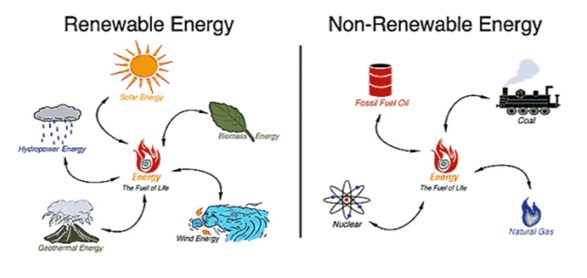Using Fundamental Engineering Economics Methods
FEATURED PAPER
By Prasasti Widya Putra, CCP
Jakarta, Indonesia
Abstract
Natural gas is a fossil fuel-generated deep underground containing small amounts of natural gas liquid and non-hydrocarbon gases. Due to its gaseous phase, the volume of natural gas needs to be considered in the distribution process. The capacity of natural gas reserves’ production and distance from the gas field to consumer are both related to the cost of production; the smaller the gas reserves, the greater the production cost and the longer the distance the higher the cost per mmscfd.
This study will use the multi-attribute decision-making method to determine the most appropriate natural gas distribution model referring to the market priority listing. Besides that, the sensitivity analysis method will also be used in LCCA calculations to obtain the best economic parameters.
The result of this study is the highest natural gas price that can be accepted in Indonesia is US$ 6/MMBTU, and the most beneficial model for low-capacity natural gas is CNG, with the potential market that can be reached from a 300 km distance are city gas and power plant.
Keywords: Natural Gas, Gas Transportation, Value Chain, Gas Reserves, Market Clustering, Gas Pipeline, Compressed Natural Gas, Liquified Natural Gas, Sensitivity Analysis, Economic Evaluation, Multi-Attribute Decision
Introduction
“Energy is the ability to work out an action.”1 If energy is seen from the source, Energy sources can be categorized as renewable or non-renewable. Renewable energy is an energy source that can be easily replenished, such as solar energy, geothermal energy, wind energy, biomass, and hydropower. Non-renewable energy is an energy source that cannot be easily replenished, such as hydrocarbon products, coal, and nuclear energy.

Figure 1. Renewable & non-renewable energy2
Global energy consumption has increased significantly since 1950; peak energy consumption in 2019 was 173,000 TWH with combined energy sources, as shown in the graph below.
More…
To read entire paper, click here
Editor’s note: This paper was developed as part of pre-qualification requirements to sit for the AACE Certified Cost Professional (CCP) exam under the tutelage of Dr. Paul D. Giammalvo, PT Mitrata Citragraha, Jakarta, Indonesia.
How to cite this paper: Putra, P. W. (2022). Optimizing the Natural Gas Supply Chain Using Fundamental Engineering Economics Methods; PM World Journal, Vol. XI, Issue XII, December. Available online at https://pmworldlibrary.net/wp-content/uploads/2022/11/pmwj124-Dec2022-Putra-optimizing-the-natural-gas-supply-chain-using-fundamental-engineering-economics.pdf
About the Author

Prasasti Widya Putra
Jakarta, Indonesia
![]()
Prasasti Widya Putra is an engineer with nine years of experience in an oil and gas development project. He is currently working as an engineer at the Indonesian national energy company. Having a strong interest in the energy industry especially developing new business models in energy transition. Holding a bachelor’s degree in Chemical Engineering from Gadjah Mada University, he is currently studying for a master’s degree in Energy System Engineering with a focus on New & Sustainable Energy Development at the University of Indonesia. Moreover, he attended a distance learning mentoring course under the supervisory of Dr. Paul D. Giammalvo, CDT, CCE, MScPM, MRICS, GPM-m Senior Technical Advisor, PT Mitrata Citragraha, to attain Certified Cost Professional certification from AACE International.
Prasasti lives in Jakarta, Indonesia, and can be contacted at prasastiwidyaputra@gmail.com.









